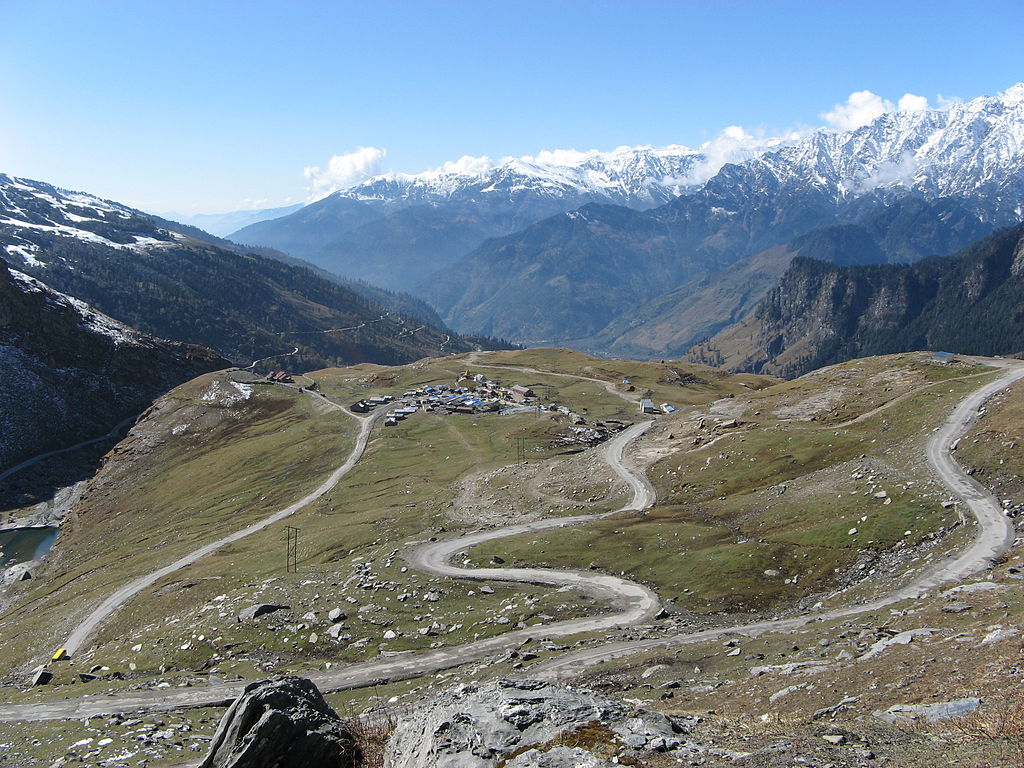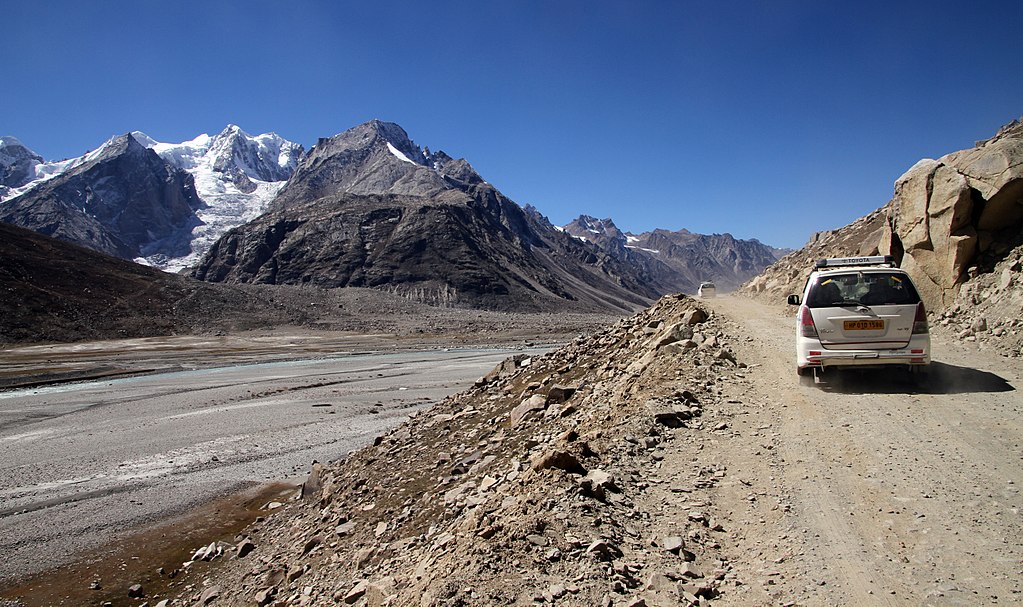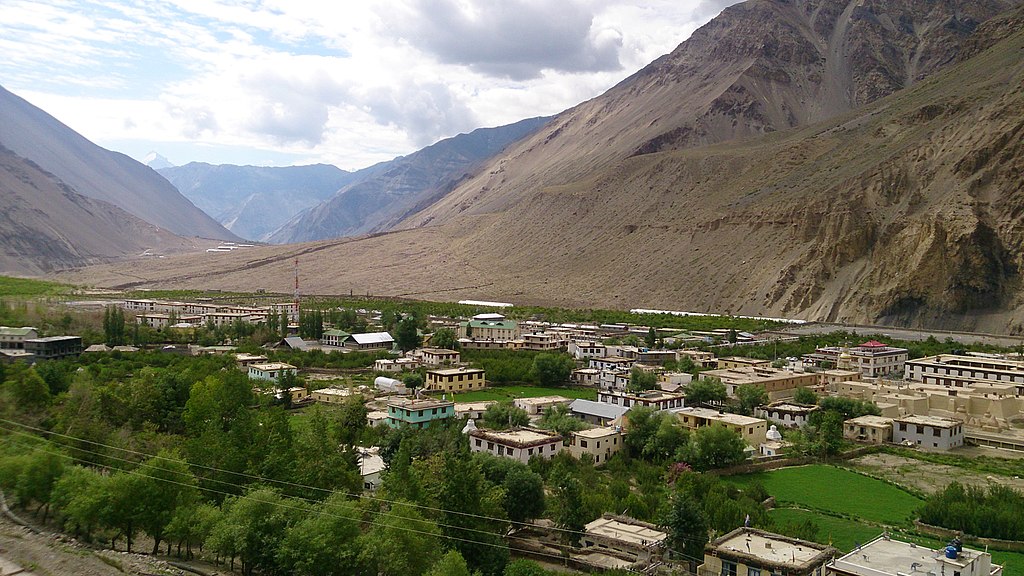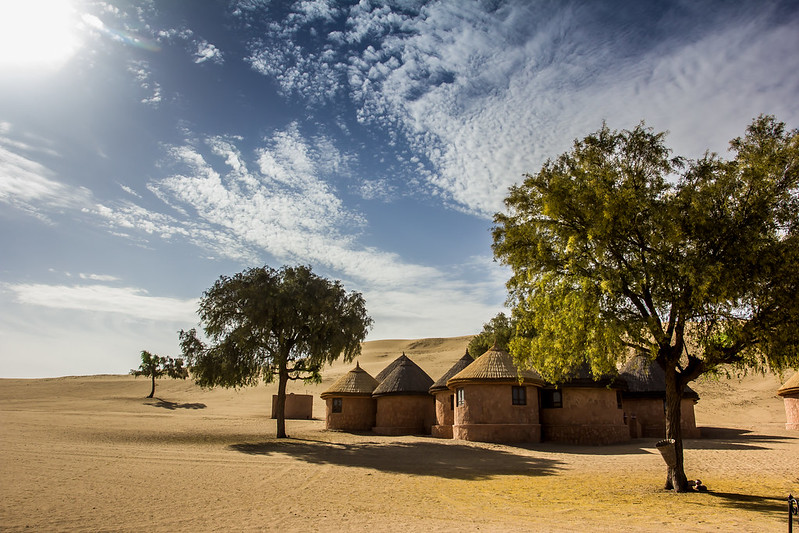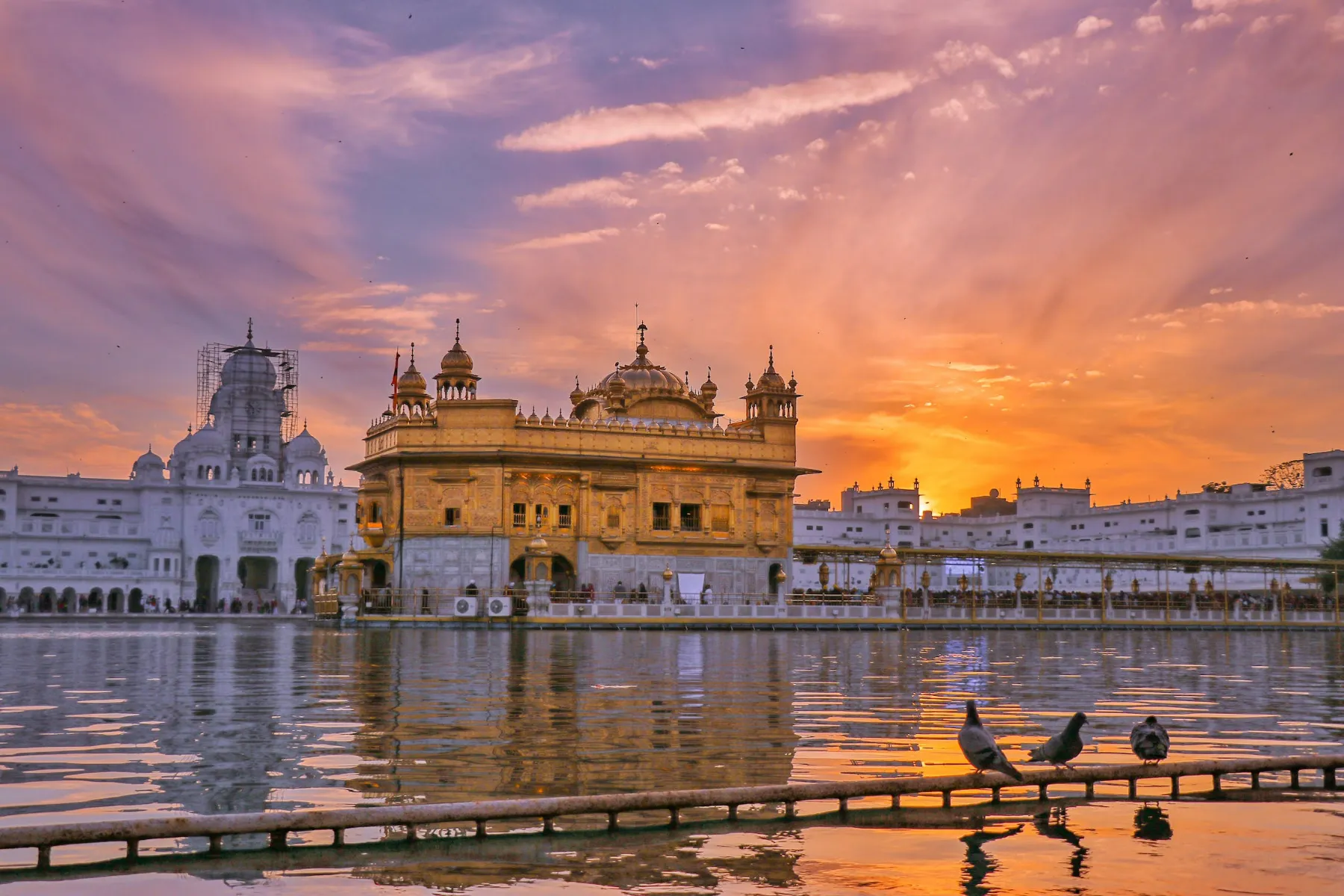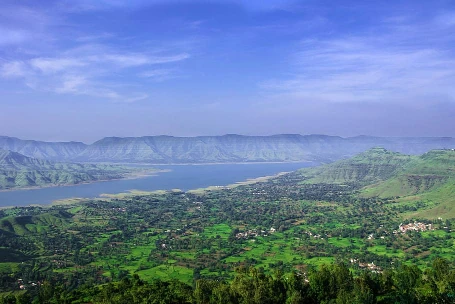Part I
Last May, the great plains were bathed in the solstice summer sun, upper Himachal was reeling under freezing temperatures with intermittent high altitude snowfall. Usually, in such weather, I end up in Manali or Shimla with friends or family. Sometimes, I drive down to Kullu by myself. But last spring, I wanted to do something different. My husband and a few friends got together to plan a comprehensive road trip to Lahaul and Spiti via Manali.
Setting up the base
We booked a car rental in Chandigarh. Although we could drive ourselves, I would say, it is always safer and smarter to have a rental car with a driver who knows the route much better than we do. Also, with rental companies, one can always find the right vehicle which can tread mountain roads.
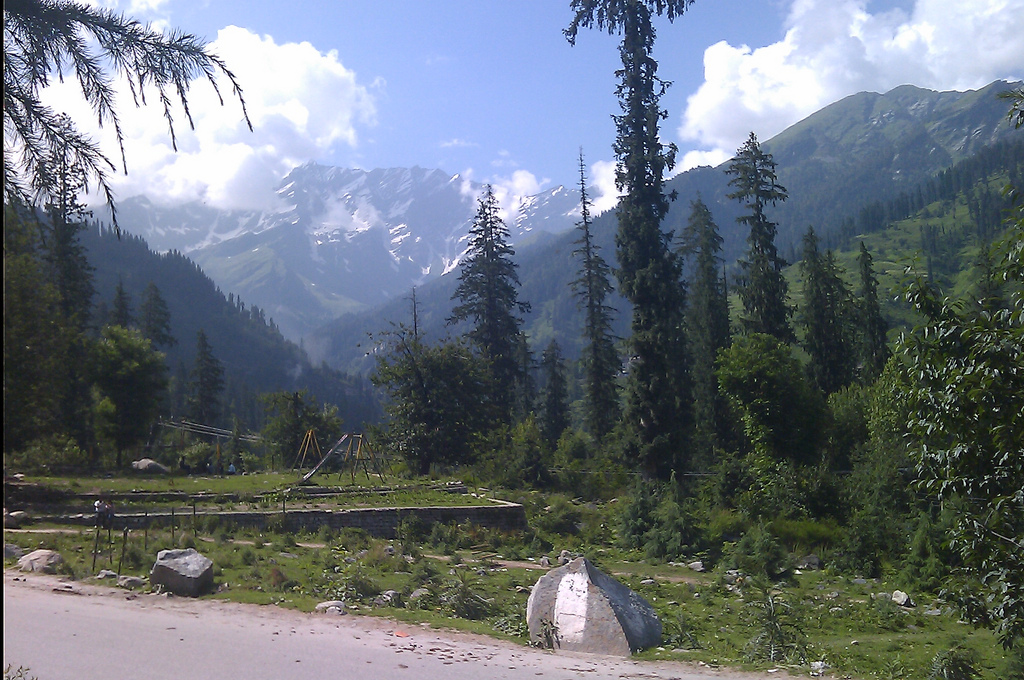
The drive from Chandigarh to Manali was enchanting with gentle spring breaking through the winter frost. As we climbed up, reaching the winding foothills, the frost became more noticeable and the weather progressively chillier. We booked a homestay in Manali and made this our base point where we could come back after the road trip and unwind before wrapping up entirely.
Manali To Keylong via Rohtang Pass
There are a lot of old trade routes through Lahaul and Spiti all the way to Tibet which were in use many centuries back. Some of these are sealed for safety reasons but only a handful still exist, known only to trekkers and explorers.
This indomitable mountain pass sits above 13000 feet from the ground level and it’s still not high enough by Himalayan standards! The weather in this stretch can be quite unpredictable with extremely high wind speeds. We managed to narrowly escape the rain right before we reached Keylong.
Keylong
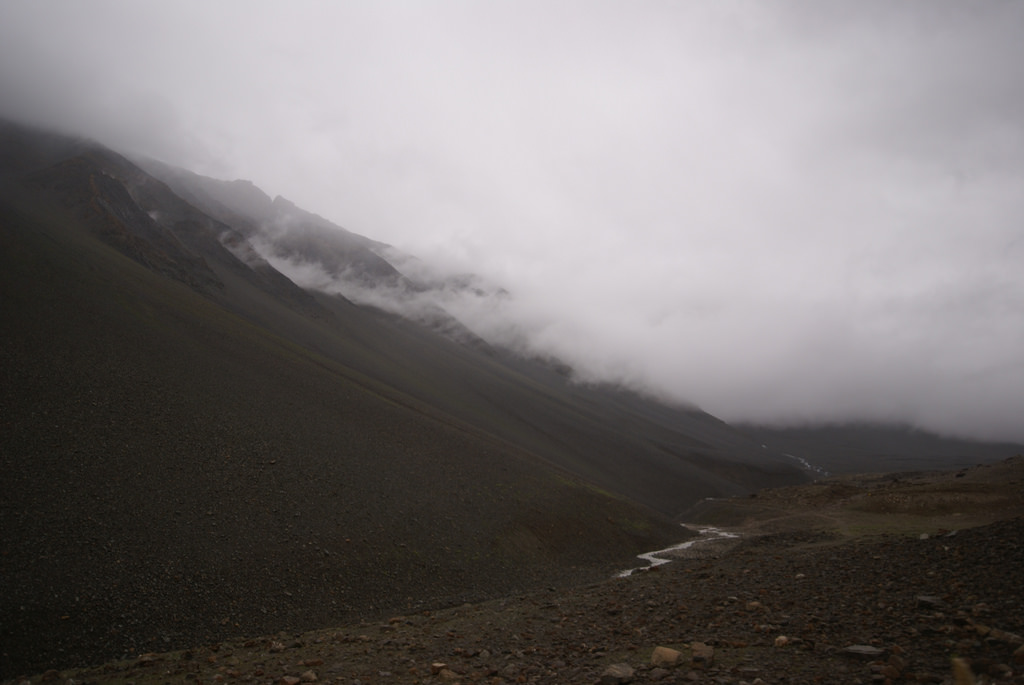
Keylong or Kyeland is the administrative capital of Lahaul district and is quaint and unique in its own way. Although both Lahaul and Spiti are in the same region with many cultural similarities, they are also remarkably different in many ways. Lahaul, especially, lower Lahaul is more influenced by Hinduism, with ancient temples and a rich tribal history, while Spiti is predominantly Buddhist. This makes for some interesting contrasts.
While in Keylong, we could only manage to drive around and stop by the Kardang Gompa, since we had a long route to follow. I realized it would take an exclusive trip just to explore Lahaul individually and see Nubra Valley, Bara Lachha La and drive all the way to Leh. But that was for another day.
It was nearly evening by the time we were done with a tour of the town and the monastery visit. So we ended up at a local cafe-cum-resthouse with a common sleeping area to get a good night’s sleep.
Keylong to Kaza via Chhatru, Batal
Back to the highway towards Kaza, we found these little villages en route. The first one was a little settlement called Chhatru, with merely 100 people to call a village. The roadsides were dotted with temporary shops vending Maggi, tea, and coffee to tourists who pass by. After a quick tea break, we continued on NH 505 through endless expanses of snow and rocks, without a sign of greenery. Within a couple of hours, we reached Batal, where most trekkers start their climb towards Kunzum La. At almost 15000 feet from the sea level, this is the highest point on this route. We wanted to stop by for photos but our driver recommended that we stay in the car to avoid altitude sickness. Ergo, we enjoyed the heavenly views from our windows. As far as my sight went, all I could see were rocks and snow, with the only colours breaking the monotony were the Tibetan flags that fluttered on the roadsides.
Part II
A day in Kaza
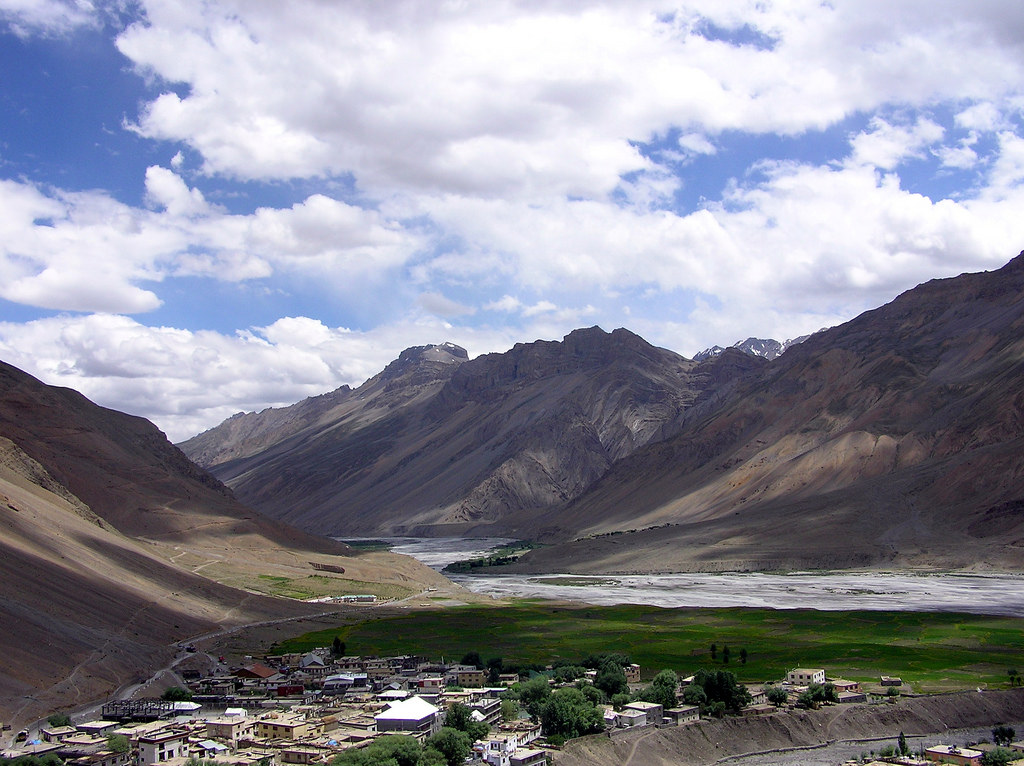
Within a couple of hours, we reached our first major stop of the journey at Kaza. It was almost evening by the time we settled in at Hotel Sakya Abode for the rest of the evening.
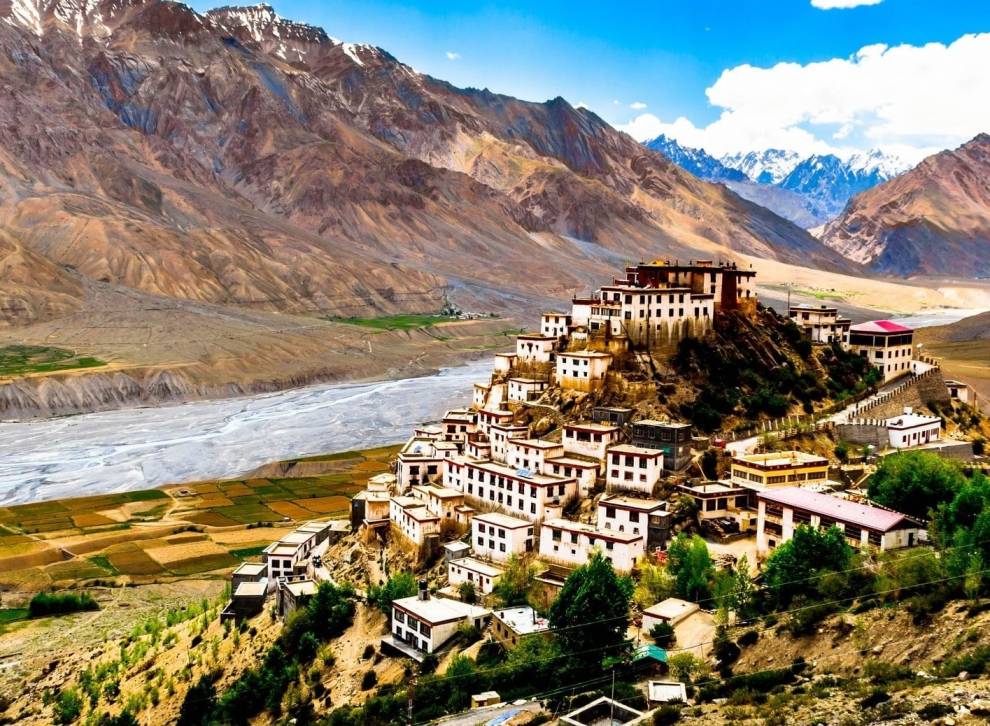
Next morning, we started the day with a trip to Key Gompa, the biggest monastery and Buddhist Vihara (learning centre) in Spiti Valley. The monastery sits on terraced land, almost in the middle of nowhere, making it appear like a castle in the clouds. The place is incredibly serene and ancient. The main temple houses 800-year old Thangka (traditional Buddhist tapestries), paintings, murals, instruments and ancient manuscripts which looked older than the place itself.
Spiti, in their local language, means the ‘land in the middle’. And so it is, a crossing between Tibet and India. As we continued to explore, I realized that the place reflected a unique blend of both cultures, each distinctly different than the other. And yet, their philosophies are so similar, that sometimes I find it hard to tell them apart.
As I said, Kaza has so much to offer to the hungry explorer. Take Langza for example. At another 28 Km from the monastery, this was a site that still holds fossils of marine creatures. They also call it the Fossil Village, where one can still find fossils of conches and fishes. Who would have imagined such wonders at 13000 feet from the sea? A huge statue of Buddha sat on the end of a road as if guarding the remnants of the oceans.
Kaza to Tabo
Next stop from Kaza was Tabo village, about 50 Km away. It took us nearly two hours to cover the distance as it suddenly began to pour and the gravel roads turned to slush. The most significant thing to see in Tabo was this monastery that was established in 996 AD. They say it is ‘the’ oldest Buddhist monastery in the Himalayas that has been functioning continuously since its foundation. What struck me about this monastery was its simple and rustic facade made of just sand and mud and without any ornamentation. The simplistic, earthy architecture against the clear blue sky made for a unique colour palette.
While in Tabo, I learned that while lower Himachal has more orchards, Tabo produces the best apples. I would have never imagined apple trees growing in the heart of these cold forbidding mountains.
Tabo to Nako
It was almost afternoon when we decided to add another interesting stop to our route- the village of Nako. Nako is another two-hours drive from Tabo via Sumdoh. This is where the perimeters of Spiti ends and the borders of Kinnaur Valley start. We had to go through the police check post and record our entry before we could reach Nako. The roads here were a little tricky with slushy snow and rubble from the mountain soil.
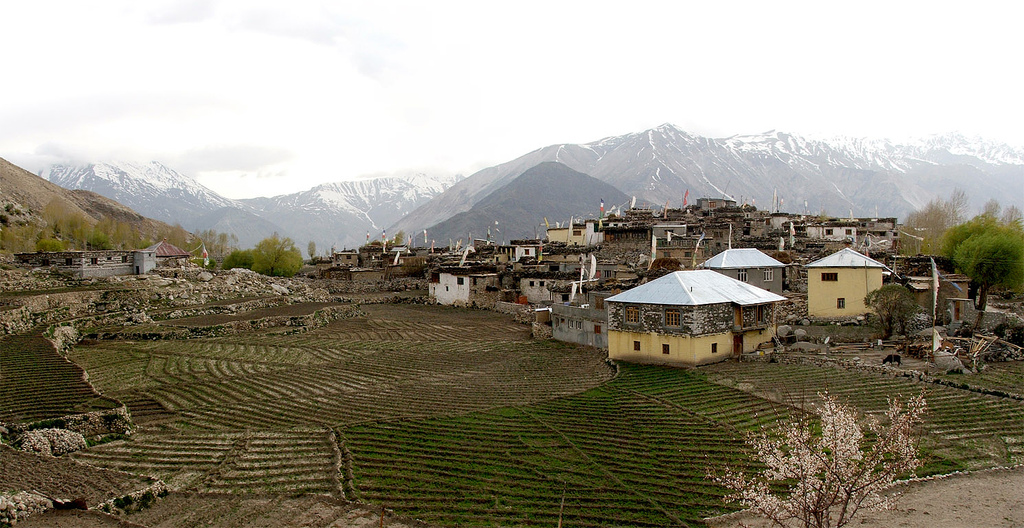 One cannot call Nako a town or even a village. It is more like a community of people with a handful of places to eat and stay. But the village’s prized possession is the glacial lake, which attracts tourists like us. Exhausted from all the drive and altitude, we decided to camp here for the night.
One cannot call Nako a town or even a village. It is more like a community of people with a handful of places to eat and stay. But the village’s prized possession is the glacial lake, which attracts tourists like us. Exhausted from all the drive and altitude, we decided to camp here for the night.
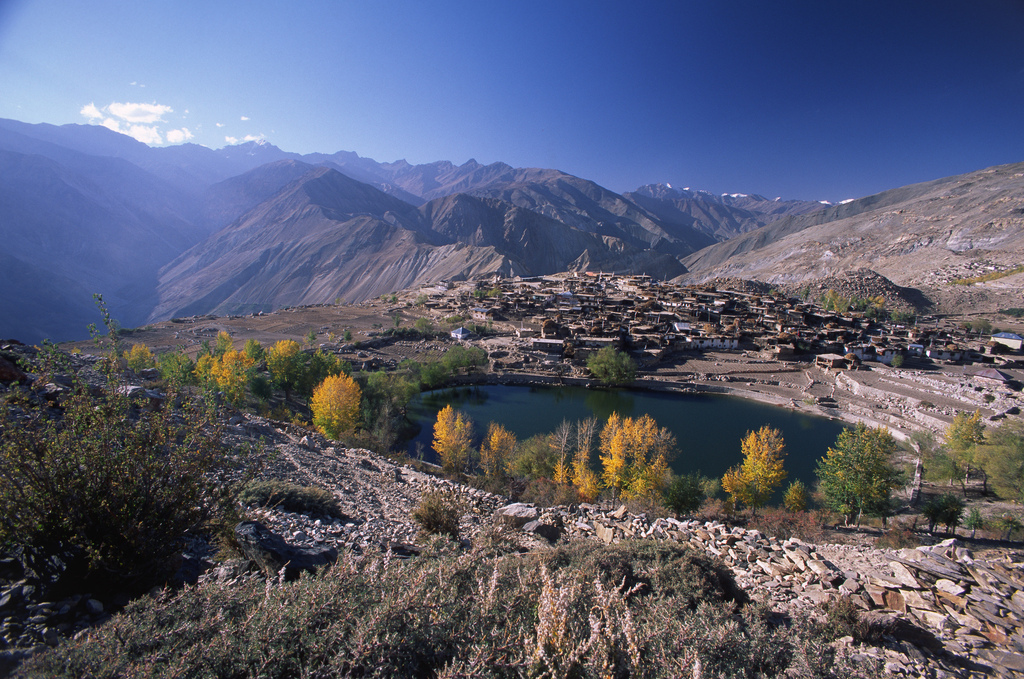
For some strange reason, I was instantly attracted to the place. On the surface, it looks like any other peaceful settlement. But there was an unmistakable air, a certain mystical strangeness that was unsettling. A walk around the town made me feel as though I had journeyed to an otherworld. It was like travelling through time, except for the solar panels guarding the light posts or people talking on mobiles. It was surreal, mystical, and fascinating at the same time.
Sangla- Back to civilization
For our last phase of the journey, we were on our way to Sangla the next morning. We decided to stay over in the Kinnaur Valley for a day and head back to our base in Manali.
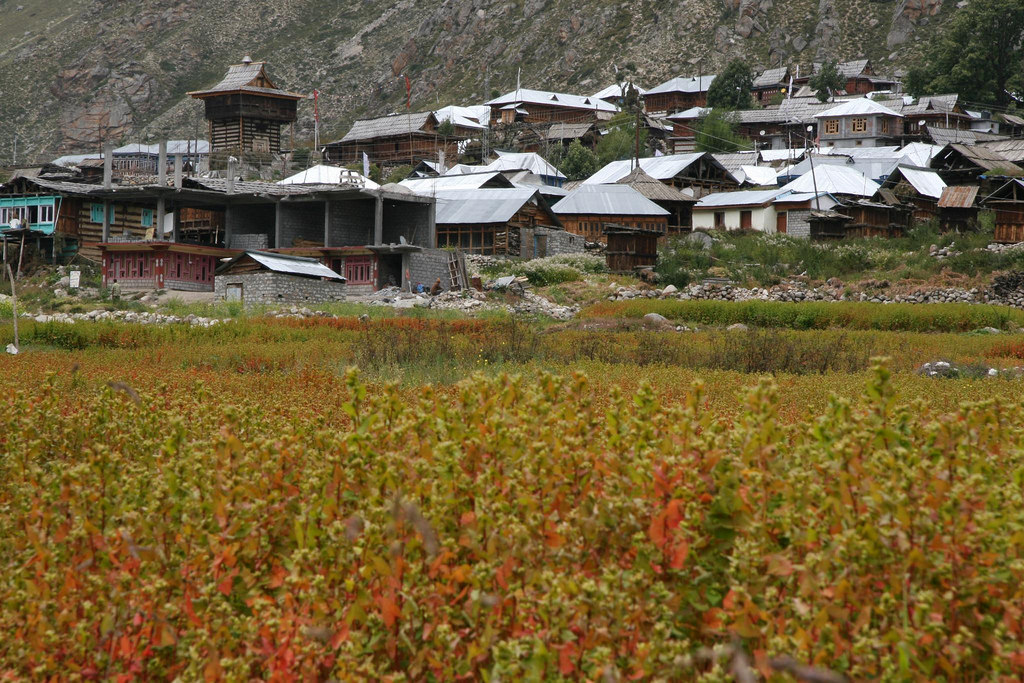
The road from Nako to Sangla is a big geographical and cultural change. As the landscape of Spiti fades away, the barren rocks and snow are supplanted by greenery, lakes, and clusters of villages. It felt like a return to civilization after a lifetime in the wild. The roads here are smoother, straighter and generally in better condition. After staying a day near Fort Kamru and a day-long journey back to Manali, we wrapped up our epic road trip.
A week on the road
People dream of walking down the Great Wall of China or swimming under the Great Barrier Reef or exploring the pyramids. I have always dreamed of road tripping in the snow, all the way to Ladakh. I would always visualize myself on a Jeep or a Harley, driving down the rugged mountain roads, stopping by at the quaint little Himalayan villages en route. Well, dreams do come true but not necessarily in the exact same way. And after seven days and seven pit stops in northern Himachal, I feel pretty sated. But as always, these magical mountains leave me hungry for more and the call never ceases!
Last Updated on June 30, 2020 by Harpreet Janeja

